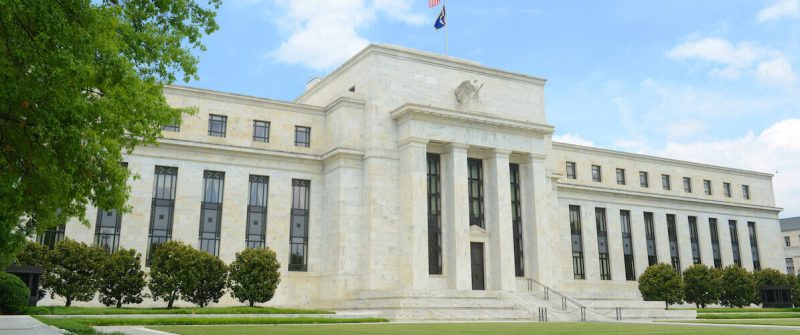In a surprising turn of events on the stock market today, the Federal Reserve announced a cut in interest rates, prompting a last-minute U-turn in the market. This unexpected move by the Fed sent ripples through the financial world, causing investors and traders to quickly recalibrate their positions and strategies.
The decision to lower interest rates comes at a time when the economy is facing uncertainty due to various global and domestic factors. The Fed’s move is seen as a preemptive measure to boost economic growth and provide a cushion against potential downturns. However, the timing of this rate cut caught many off guard, leading to initial confusion and volatility in the market.
As the news of the rate cut spread, the stock market reacted swiftly, with major indices initially dropping before making a sudden U-turn and rallying higher. This seesaw movement reflects the uncertainty and rapid adjustments that are characteristic of today’s financial landscape.
Investors and analysts are now closely watching how the market will digest and respond to the Fed’s decision in the coming days and weeks. The rate cut is expected to have wide-ranging implications for various sectors, such as banking, real estate, and consumer spending. Companies and consumers alike will need to assess how this move will impact their borrowing costs and investment decisions.
While the Fed’s action may provide a temporary boost to the market, it also raises questions about the underlying health and stability of the economy. Some analysts worry that continued reliance on monetary policy tools like interest rate cuts may not be sufficient to address deeper structural issues facing the economy.
Overall, the Fed’s rate cut and the subsequent market reaction serve as a reminder of the complex interplay between macroeconomic forces, investor sentiment, and policy decisions. As we navigate these uncertain waters, it is crucial for investors to stay informed, adapt quickly to changing conditions, and maintain a long-term perspective on their investment strategies.


































